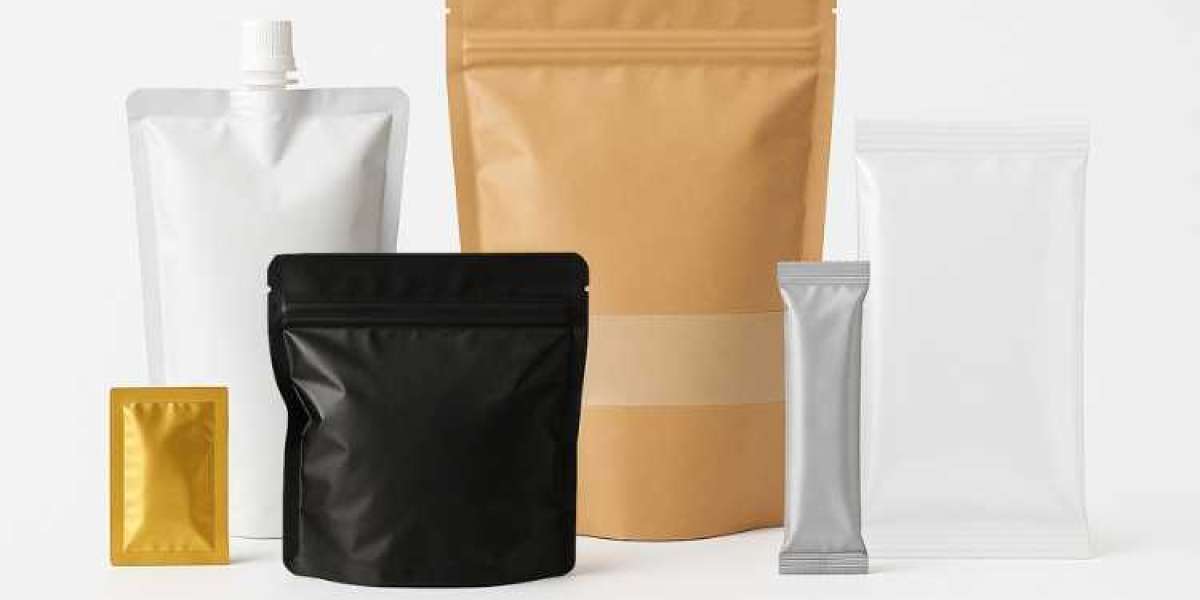In today’s fast-paced world, the way we package products has evolved dramatically, and at the heart of this evolution is flexible packaging. Once considered a niche option, flexible packaging has become an essential component in industries ranging from food and beverage to cosmetics and pharmaceuticals. Its versatility, convenience, and cost-effectiveness make it an appealing choice for both manufacturers and consumers. With a growing focus on sustainability and innovation, flexible packaging continues to transform the way we approach packaging design and functionality.
Advantages of Flexible Packaging
Flexible packaging is prized for its ability to preserve the freshness of products. Materials used, particularly films, can be designed with barriers that protect products from moisture, air, light, and contaminants, crucial in industries like food and beverages, where product integrity is vital.
In addition, flexible packaging is lighter than its rigid counterparts, which makes it more cost-effective for shipping. The reduced weight means more products can be transported in a single shipment, reducing transportation costs and lowering the carbon footprint.
The design flexibility of this packaging also means it can be tailored to fit products perfectly, reducing wasted space. This is especially valuable for retail businesses that need to maximize shelf space and optimize their packaging costs.
The Role of Sustainability in Flexible Packaging
As sustainability becomes a growing concern globally, flexible packaging has emerged as a solution. Compared to traditional packaging options, flexible materials often require fewer resources to manufacture, use lighter materials, and produce less waste. The ability to reduce packaging material while maintaining product protection is especially attractive to brands focusing on eco-friendly practices.
Many companies are investing in making flexible packaging more sustainable by focusing on recyclability and using renewable or biodegradable materials. For instance, biodegradable films and compostable materials are gaining traction, making flexible packaging an even more environmentally responsible choice.
Custom-Fit Packaging Solutions
Flexible packaging refers to packaging made from flexible materials such as plastic, paper, film, foil, or combinations of these. Unlike rigid packaging, which is made from materials like glass, metal, or hard plastic, flexible packaging adapts to the shape of its contents. It can be molded and reshaped, providing the flexibility to create custom-fit packages that maximize space and efficiency.
This packaging is commonly used in food products, beverages, personal care items, and even industrial goods. Forms of flexible packaging include bags, pouches, wraps, and sleeves, offering a lightweight, durable, and convenient solution to traditional packaging methods.
Regional Insights: Flexible Packaging in Mexico
In Mexico, flexible packaging is rapidly becoming an ideal solution for the country's evolving packaging needs. As Mexico is the second-largest economy in Latin America, the flexible packaging industry is expanding to meet the demands of growing urban areas and industries. In particular, the food and beverage sector has embraced flexible packaging due to its ability to preserve product freshness and reduce costs.
Mexico’s diverse climate, ranging from coastal humidity to dry inland regions, presents unique challenges for packaging. Flexible packaging offers an effective solution by ensuring products remain intact regardless of the conditions. Moreover, the Mexican market is increasingly focusing on sustainability, with manufacturers exploring eco-friendly materials such as recyclable plastics and biodegradable films to align with global trends.
Innovations in Flexible Packaging
The world of flexible packaging is undergoing rapid innovation. Advances in printing technology, such as high-quality digital printing, have allowed brands to create visually appealing designs on flexible materials. This enhances shelf appeal and allows for more personalized branding.
Smart packaging is another growing trend. Flexible packaging is being integrated with sensors or indicators to monitor factors like temperature or freshness. This kind of technology is particularly useful in the food and pharmaceutical industries, where maintaining the integrity of the product is essential.
Additionally, the rise of e-commerce has changed packaging needs. Flexible packaging is perfectly suited for the online shopping market, offering durable, cost-effective solutions that are easy to ship and store.
The Future of Flexible Packaging
The future of flexible packaging looks promising, with continuous advances in materials and technologies. The growing focus on sustainability will drive innovations in eco-friendly packaging solutions. The demand for recyclable, biodegradable, and low-carbon materials will continue to increase as companies and consumers alike become more environmentally conscious.
At the same time, the adaptability and versatility of flexible packaging will ensure that it remains at the forefront of the packaging industry. Whether it's through innovations like smart packaging or further enhancements in material efficiency, flexible packaging will continue to play a key role in the future of global packaging.











